The horse fly, as its common name suggests, is a species of fly that is very annoying to horses and other mammals.
Horse flies thrive in settings with plenty of water for breeding and an abundance of mammalian hosts. They are happy to have habitats in both urban and rural areas.
But do horse flies bite dogs?
Horse flies can, in fact, bite your dog. Their bites can cause pain, bleeding, and infection to the dog, and they tend to target the dog’s ears, tummy, and back.
In the case of a horse fly bite, the wound will need to be cleaned and treated similarly to a typical cut on your dog.
If you think a horse fly may have bitten your dog or you have seen them in your area and are concerned for both yourself and your pet, keep reading. You will learn how to identify horse flies and how to prevent being bitten by these annoying insects.
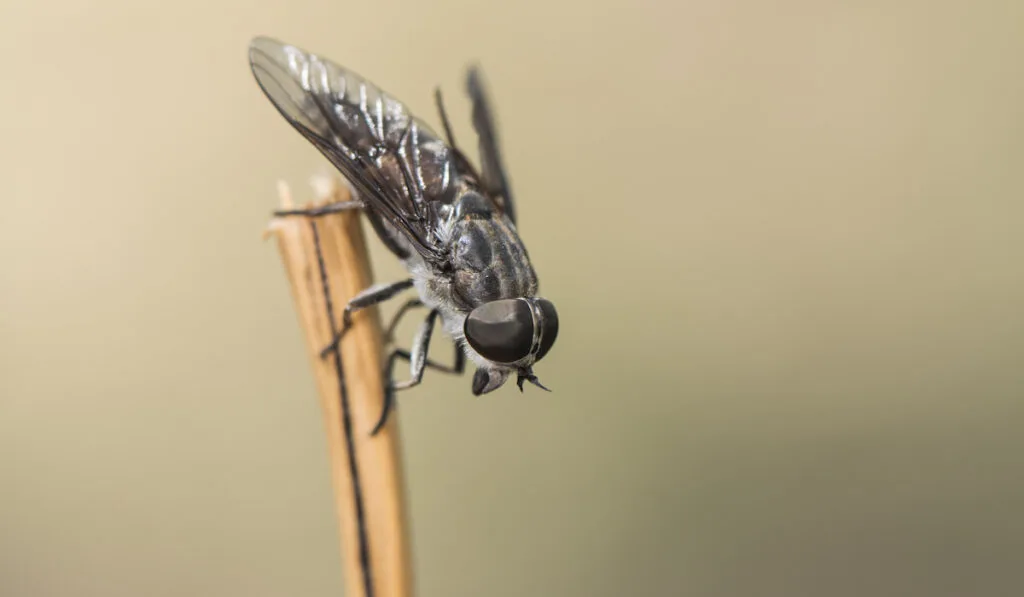
Table of Contents
1. What Is a Horse Fly?
The horse fly, sometimes called a clag, gladfly, or breeze fly, belongs to the fly family Tabanidae, which feeds on the blood of mammals.
Horse flies can be either black or dark brown. They are 3/4 to 1-1/4 inches long, with clear or colored wings and vividly colored eyes.
Horse flies are most likely to live near stables and farms where horses and other large animals live, since these are their favorite animals to feed on.
Horse flies lay their eggs in manure, which also explains why they are so common on farms. In addition, they are attracted to ponds and other open bodies of water.
2. Symptoms of Fly Bites in Dogs
It’s highly likely that your dog is getting bitten by flies if you see them on or around him.
Dogs usually yelp, which is the first sign of a horse fly bite because horse fly bites can be very painful.
The biting site will have little red lumps that are dark and tacky and may bleed after the horse fly bite.
Symptoms of a horse fly bite:
- Itching
- Skin redness
- Skin bumps
- Bite wounds that bleed
- Presence of flies in the fur
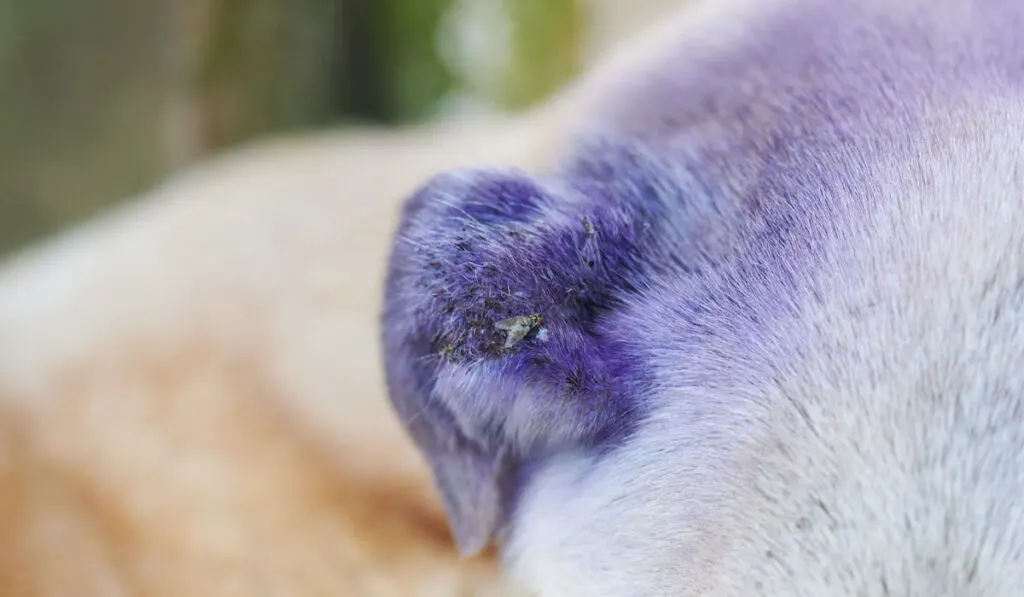
3. Can a Dog Get Sick From a Fly Bite?
Horse fly bites are painful, and the fly’s saw-like mouth slashes skin, causing noticeable bleeding. But, aside from causing discomfort for a few minutes and necessitating urgent cleaning, they are not particularly dangerous for a dog.
These bites can hurt, but they shouldn’t put your dog at risk. Horses are more vulnerable to the effects of horse fly bites than dogs are.
But infections after a bite could be a worry. Since the bite is pretty deep, cleaning and disinfecting the wound is very important.
It is conceivable that the wound will require numerous cleanings before it heals.
Unfortunately, some dogs are allergic to horse flies and other insect stings. If your dog is allergic to the bites of other insects, the risk following the horse fly bite is much higher.
Trouble breathing, a swollen tongue, nausea, and vomiting are all symptoms of an allergic reaction.
If you notice any of these signs in your dog, seek veterinary attention right away.
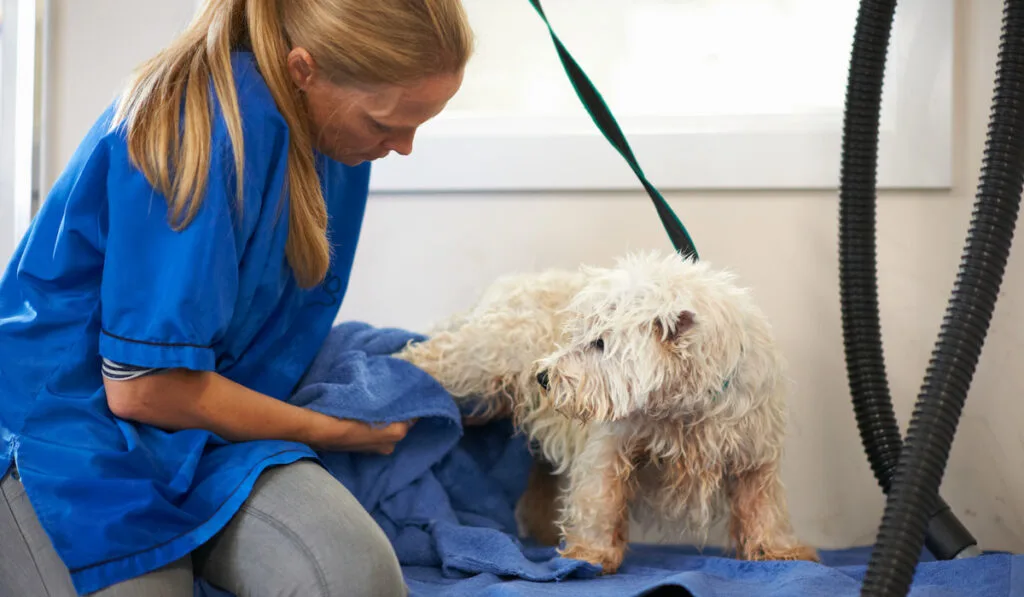
4. Why Should You Keep the Flies Away From Your Dog?
Making sure that flies don’t strike your dog is actually very important.
When flies repeatedly bite the same spot on a dog, the skin might eventually open up and get infected.
Open wounds caused by bleeding tend to attract more flies since the skin has already been broken. Flies specifically target the area where the bleeding has occurred.
In the absence of safety measures, even a small bite might rapidly develop into a serious medical emergency.
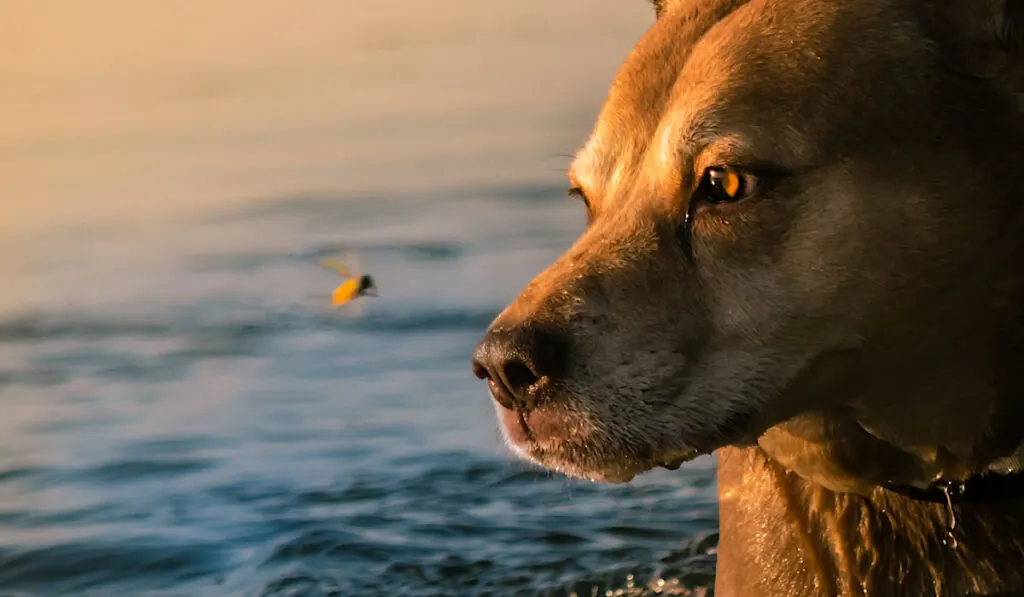
5. Are Horse Flies Attracted to Dogs?
Like many other mammals, horse flies are attracted to dogs.
The horse fly needs the blood of mammals to complete its life cycle.
Because blood meals are high in protein, they help female horse flies produce eggs quickly and help their young grow up healthy after fertilizing them.
Female horse flies, in particular, prefer to feed on the legs and bodies of huge, stationary animals like horses and cows.
Yet, farm dogs and other outdoor-living canines are also included in the menu of the horse fly. This is because horse flies can feed on almost any mammal, including people and even birds.
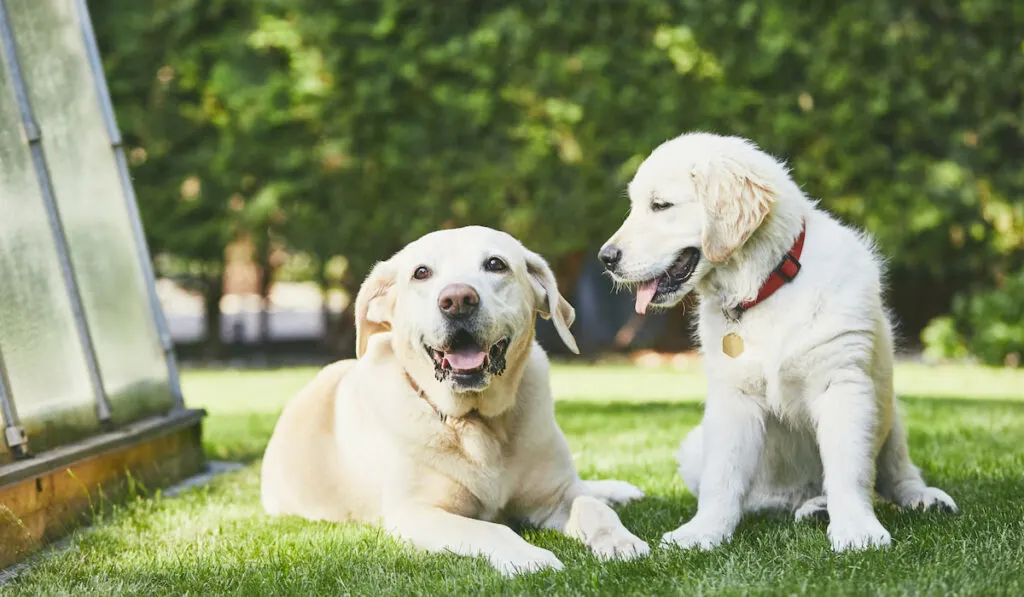
6. How to Reduce Your Dog’s Risk of Being Bitten by a Horse Fly?
Keep an eye out for horse flies and promptly brush any you see off your dog to reduce the risk of a bite. But you may not always be able to prevent your dog from becoming a target.
Eliminating fly breeding sites is an important first step in reducing the overall fly issue.
Keep your yard neat and tidy. Eliminate soggy places that retain moisture for an extended period of time. You should clear any puddles or standing water that may have gathered around your pond, garden hose, or watering can.
Always do your best to keep the grass cut short.
Cutting the grass shorter prevents or greatly reduces breeding grounds for flies and speeds up the rate at which moisture evaporates from the soil, all of which contributes to a decrease in fly populations.
You can also make it less likely for your dog to get bitten by a horse fly by avoiding walking routes that go through places where the insects are most common.
7. How Do I Stop Flies From Settling on My Dog?
In addition to making sure your dog is always clean and healthy, there are some more things you can do to keep the flies off his back.
Petroleum jelly applied thinly behind the ears, on the belly, and between the legs of a dog has been recommended by many dog owners as an efficient way to keep flies at bay.
Petroleum jelly is a semi-hard, jellylike material composed of mineral oils and waxes. Petroleum is the main ingredient in Vaseline.
This is a great solution for dogs that are allergic to or sensitive to market fly treatments.
Why? Because petroleum acts as a barrier, keeping insects from stinging your dog’s skin.
There are also many commercially available insect repellents that are just as safe for your dog as they are for you, and you may use them safely at home.
But before using any of these treatments, whether they are natural or from the store, it is important to consult with your veterinarian.
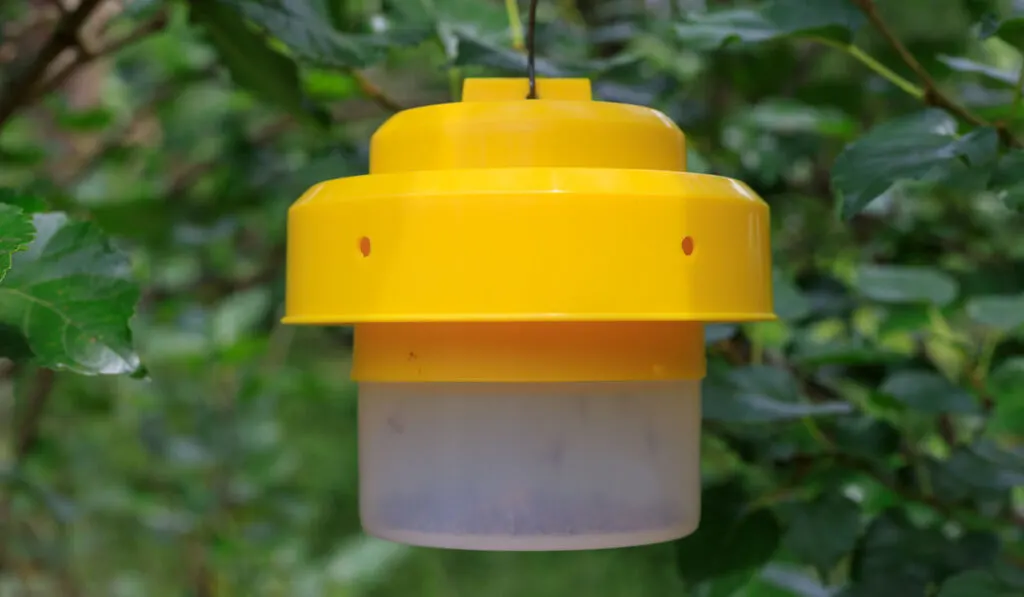
8. How Do I Get Rid of the Flies in My House?
Flycatchers are a great tool for eliminating annoying pest flies around the house.
The optimal locations for the catchers are close to food sources that attract flies.
Put them strategically, like near a sink, trash can, or other attraction points. You might also install them near the entrances to your home, like doors and windows.
Final Thoughts
The presence of horse flies is a problem that cannot be ignored. Not only are they a nuisance, but your dog may also experience pain and infection if it is bitten by one of these insects.
In order to get rid of flies, it is essential that you keep your dog, your yard, and your home clean. If you adhere to these three simple things, you will almost certainly reduce the horse fly problem.
Resources
- https://entomology.ca.uky.edu/ef511
- https://entnemdept.ufl.edu/creatures/livestock/deer_fly.htm
- https://extension.umaine.edu/home-and-garden-ipm/fact-sheets/common-name-listing/horse-flies/
- https://www.vpm.org/2021-08-02/the-biting-truth-about-horse-flies
- https://extension.entm.purdue.edu/publichealth/insects/tabanid.html
- https://ortho.com/en-us/garden/how-to-keep-horse-flies-away-from-your-yard.html
- https://dogexpress.in/ways-to-keep-flies-away-from-dog/
- https://outwardhound.com/furtropolis/dogs/how-to-keep-flies-off-dogs
- http://blog.homesalive.ca/dog-blog/bug-bites-on-dogs

